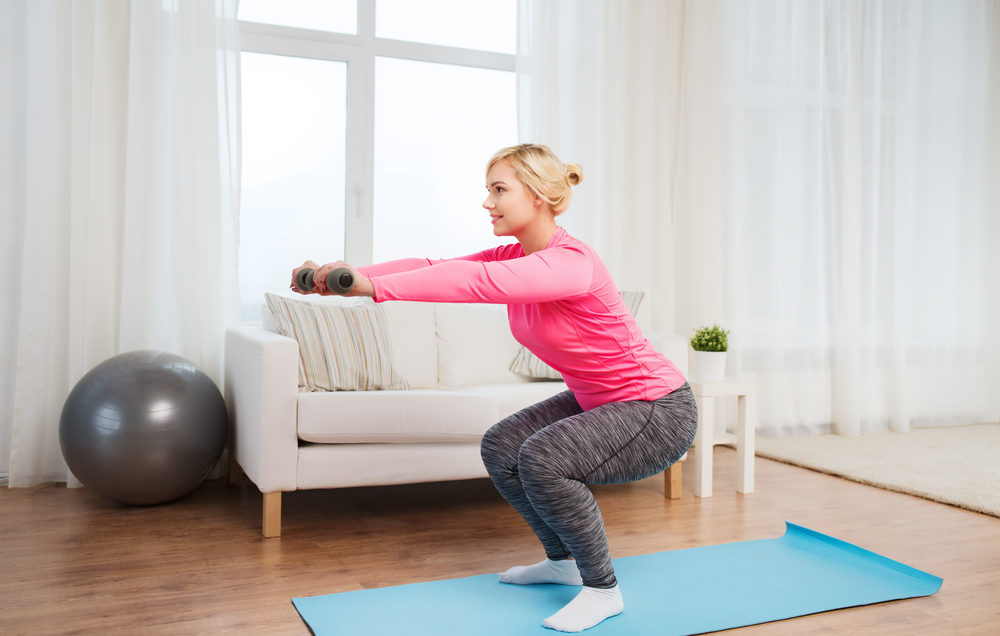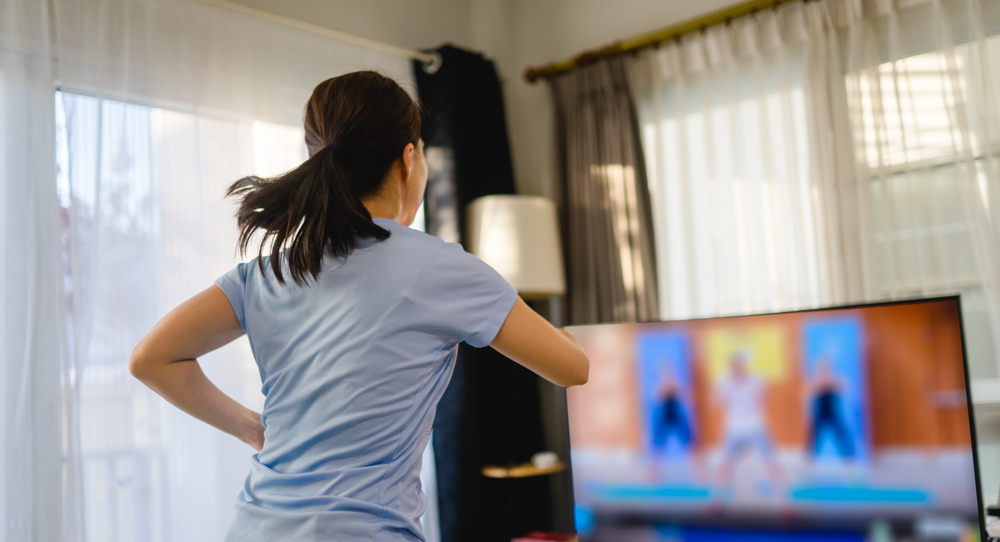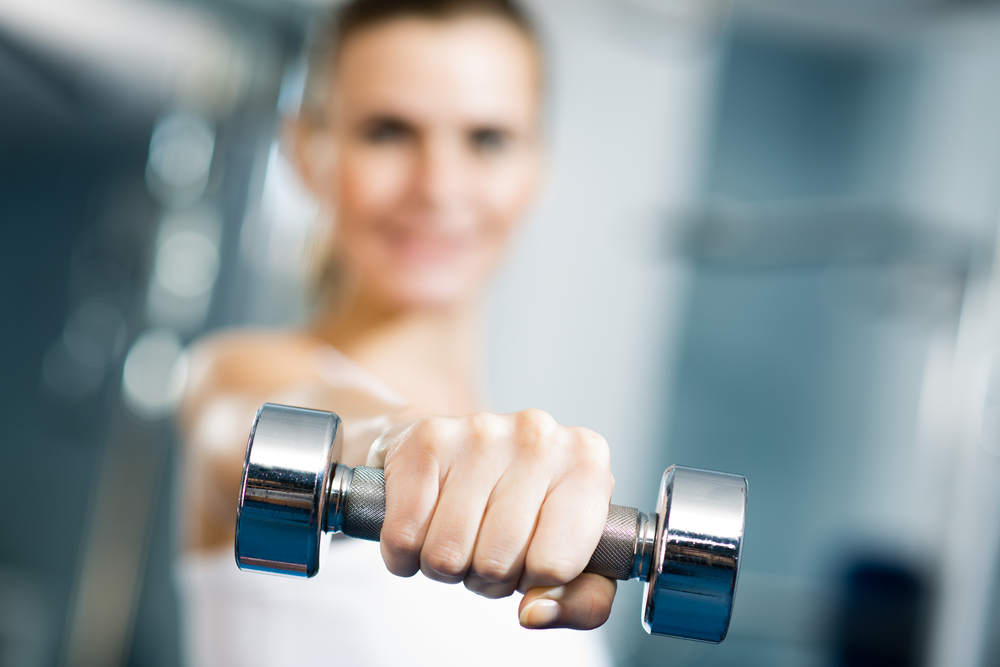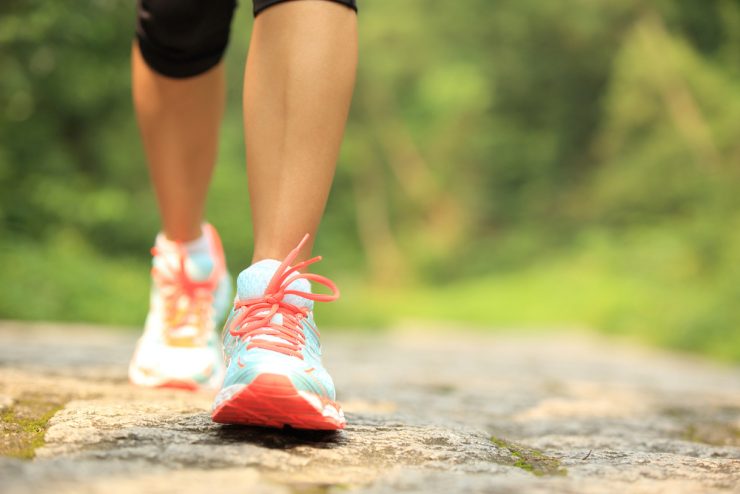Spring is finally here, which generally makes us feel more like getting out of hibernation and back into circulation again. And hopefully, we feel like being more active too.
It’s National Walking month during April, which also coincides with Move More Month and Getting Active for April. These events encourage us all to be more active and enjoy the health benefits of moving our bodies more.
Clinical Nutritionist Suzie Sawyer explores the benefits of being more active and specifically why walking is such great exercise.
The benefits of keeping active for heart health

It’s easy to forget that the heart is just another muscle in the body, albeit one that works harder than any other. As with every other muscle, it needs to be exercised to keep it strong and healthy.
There has been much research over the years confirming that regular exercise and activity helps reduce blood pressure and generally keeps the circulation in good working order. Indeed, exercise is hugely beneficial to the entire vascular network, which also feeds the lungs. Plus, the more oxygen pumping around the body, the more energised you’ll feel. Exercise also helps reduce fat deposits in the arteries which can be hugely problematic if unchecked: exercise therefore helps improve cholesterol levels.
Exercise and managing pesky fat around the middle

When it comes to weight, fat will sit in different places on our bodies depending on many factors, including individual hormones and genetics.
However, many of us (especially women going through menopause) may put on fat around the middle which is hard to shift. What that often means is that blood glucose levels are not well managed within the body, and the body’s chosen storage site for excess glucose is the belly.
Exercise helps with overall weight management, but also improves the function of insulin receptors around the body, essentially helping with blood sugar balance.
Importantly, exercise helps maintain metabolic balance which in turn reduces overall inflammation in the body. This is important because inflammation is underlying in most of our degenerative diseases.
It’s not about spending hours in the gym

There are so many ways of being active and it’s important that you enjoy your chosen activity. If the gym is not for you, there are plenty of other options.
The amazing benefits of walking are often underestimated. Walking not only improves heart and lung function, but it’s also great for the muscles and bones too. Importantly, we know from plenty of research that the human psyche is happier when in nature, so you’ll hopefully enjoy life more too. Just being outside for 30 minutes daily can be incredibly beneficial to overall health.
Mix it up

Keeping activity varied also helps stop boredom and also works different parts of the body. Swimming, cycling, dancing and just generally moving more during the day all pay health dividends. If your job is desk bound, make sure to get up and move around every 30 minutes or so.
The importance of resistance work

It’s also important to work the muscles and bones with some kind of resistance training. This can be in the form of using your own body weight, resistance bands or free weights.
Women are especially at risk from loss of bone mass after the menopause, but this decline in fact starts happening from age 30. And men don’t get off ‘scot-free’ either. Whilst cases of the bone disease, osteoporosis, are much lower in men, they can still suffer from sarcopenia and general muscle wastage which can cause all sorts of mobility problems as they age.
The more muscle you have, the more metabolically active it will be, and the more calories you burn at rest.
There are no down sides to becoming more active, and the health benefits are spectacular. S0, be sure to spring into Spring!
























Add comment